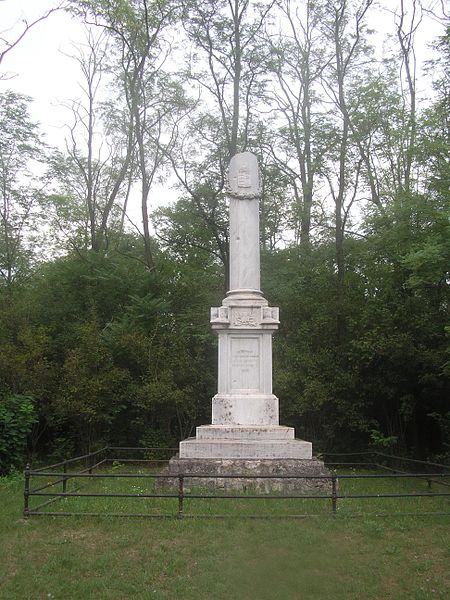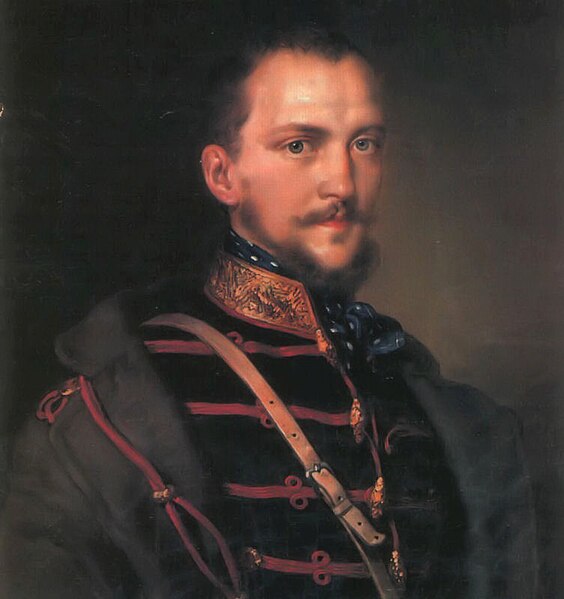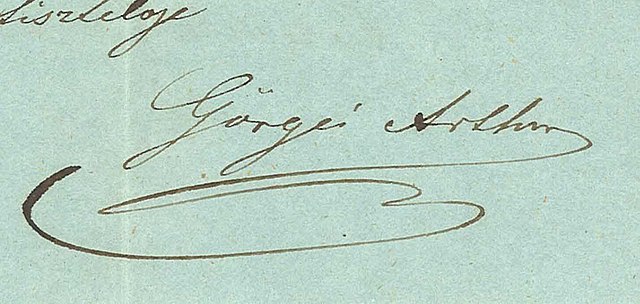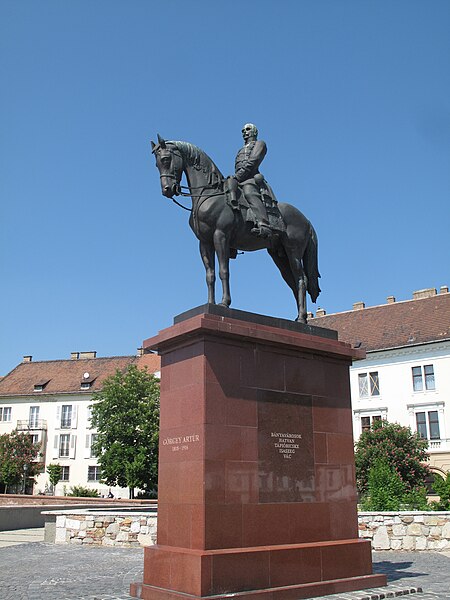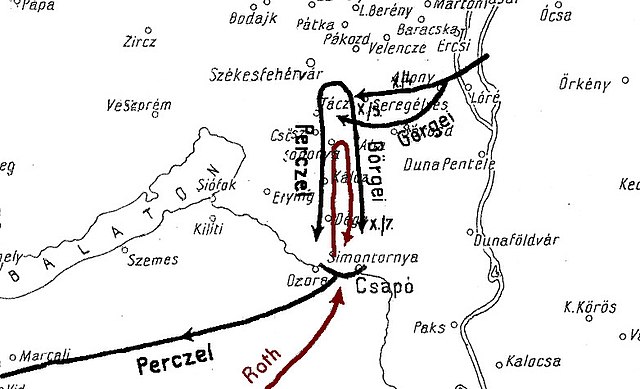Second Battle of Komárom (1849)
The Second Battle of Komárom, also known as the Battle of Ács, took place on 2 July 1849 between the Hungarian Revolutionary Army and the Imperial Austrian Army of the Austrian Empire ; a contingent of almost 12,000 Russian Empire troops was led by Lieutenant General Fyodor Sergeyevich Panyutyin. The Austrian army outnumbered the Hungarian troops two to one, and had a multitude of infantry, light infantry, heavy cavalry (cuirassiers), and better weapons. The Hungarians, except for the Landwehr and the hussars, had few types of military units. Other problems also negatively impacted the Hungarian army. The Lajos Kossuth government decided to withdraw the Hungarian troops from Komárom to southern Hungary without consulting Görgei, the war minister, the only one authorised to make a military decision. Görgei grudgingly agreed to the decision, fixing the date of departure for southern Hungary to 3 July. Uncertainty and conflicts existed among the Hungarian officers and soldiers before the attack. Kossuth sent Lieutenant General Lázár Mészáros to Komárom to relieve Görgei of leadership and send him to Pest. When Mészáros approached Komárom by steamboat on 2 July, however, he heard gunfire from the battle and returned to Pest.

The Second Battle of Komárom, as painted by Mór Than
Column commemorating the battle
Artúr Görgei lithography by Miklós Barabás
Kossuth Lajos színezett litográfia 1848 Prinzhofer
Artúr Görgei de Görgő et Toporc was a Hungarian military leader renowned for being one of the greatest generals of the Hungarian Revolutionary Army.
Artúr Görgei, painting by Miklós Barabás
Artúr Görgei's signature
Equestrian statue of Artúr Görgei
The Ozora-campaign of Artúr Görgei and Mór Perczel, which resulted in forcing the troops of Karl Roth to surrender – Red: Croatian troops, – Black: Hungarian troops


